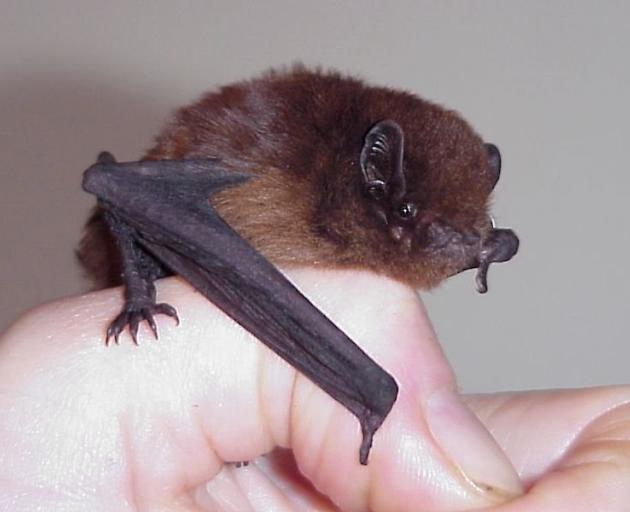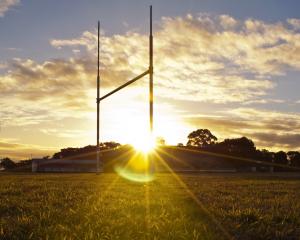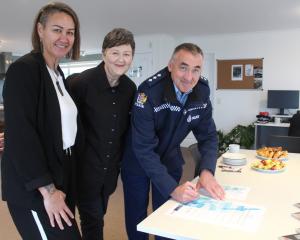
Contact Energy has touted its planned $1billion, 55-turbine wind farm in Slopedown as potentially producing enough green power for 150,000 homes.
However, the consent application for the fast-tracked project, released by the Environment Protection Authority at the start of the month, also shows the company’s own consultant ecologist warning changes may be required to the project’s "footprint" to avoid destroying habitat for threatened long-tailed bats, New Zealand falcons, fernbirds and green skinks.
Last week, Forest & Bird Otago-Southland regional conservation manager Chelsea McGaw also said the environmental organisation had concerns.
Although they were not known to roost there, long-tailed bats (pekapeka tou-roa) were known to forage in parts of the project area, Ms McGaw said.
The nationally critical native land mammals were likely there only in low numbers, but their populations were slow to increase and expand.
New Zealand falcons (karearea) and fernbirds (matata), which had been identified on site, could also be affected by the project.
Lizards and invertebrates would be "easily killed" or disturbed during earthworks.
There were pockets of important native copper tussock on site that could be destroyed during construction.
And while the footprint of the wind farm had already been changed to accommodate bog and fen wetland, there would still be an impact, she said.
The approach to environmental offsetting was also problematic.
"Due to the extensiveness of the development, we would expect an ambitious and wide-scale offsetting and compensation package.
"The ‘no net loss’ model is a false solution, and means that various activities with negative impacts on biodiversity will continue to be carried out."
To avoid losing biodiversity was a much better approach, Ms McGaw said.
The company’s assessment of environmental effects said the project would achieve "at least a no-net-loss outcome and preferably a net gain in indigenous biological diversity".
It accepted turbine blades did pose a risk to falcons, kereru and tui, but said the probability of collisions was much lower for lower-flying species such as fernbirds, fantails and tomtits.
And it stressed there had been no documented falcon deaths as a result of blade strike in New Zealand.
It said the company was considering painting one of each turbine’s three blades black, a technique being trialled in Europe.
It might implement the technique at Slopedown "if it is proven to be successful in reducing bird strike risk and proven to be commercially feasible".
It would attach lights to the turbines as required by the Civil Aviation Authority but rather than white, it would use strobing red lights, to avoid attracting insects and consequently birds to the turbines.
It also said if a "statistically significant decline" in the 16 indigenous bird species was recorded after three years of post-construction monitoring, "adaptive management measures" would be put in place.
A Wildland Consultants report, submitted with the application, said the wind farm footprint had been altered to avoid 99% of the area’s southern rata-kamahi forest and more than 97% of bog and fen wetlands on the Jedburgh Station plateau.
"Based on the results of further fauna surveys, further refinement of the wind farm footprint may be required to avoid impacts on high-value habitats and associated threatened species such as bats, falcon, fernbird, and green skink," it said.












